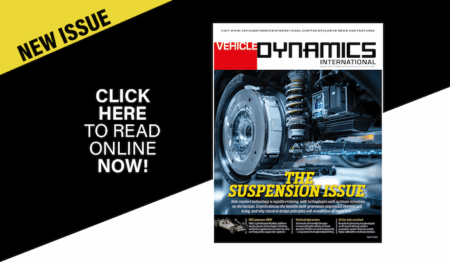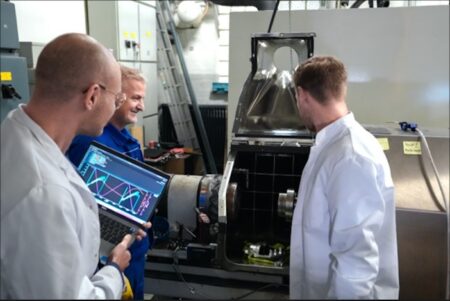Riversimple, a UK-based company developing Rasa, a hydrogen fuel cell car, has revealed an innovative system for its four in-wheel electric motors. The thin pancake motors were developed by Printed Motor Works, and include an integral mount for the brake disc while maintaining the motor’s external rotor design, which is necessary to produce the high torque required.
Further constraints on the designers were the use of conventional, externally mounted disc calipers, a low target weight and the need for the whole package to fit within a 15in wheel rim.
The in-wheel motors – named XR32-11 – allow the Rasa to use regenerative braking, recapturing over 50% of the kinetic energy, and using a bank of supercapacitors in the front of the car to store the electrical power generated. This is then fed back to the motors to supply most of the power for acceleration, helping to give the two seater pre-production car a range of 300 miles.
“The four-wheel drive system enables significantly more energy to be recovered than in comparable two-wheel electric drive systems,” said Martin Stevens, electronic systems engineer at Riversimple.
The 17kg brushless DC motors help to keep the weight of the vehicle down, each capable of producing a peak torque of 160Nm. This power is made possible by positioning the motor’s permanent magnets on an externally running rotor, so that torque is delivered on the outermost section of the motor. In addition, torque density is maximized by a high degree of slot fill by winding each of the stator teeth individually before assembly.
Riversimple are planning to produce 20 Rasas for a 12-month public trial later this year, followed by full production shortly after. Unusually, the car will only be offered for lease, with a monthly service contract rather than purchase contract, with all running costs included such as servicing, road tax, insurance and even fuel.




